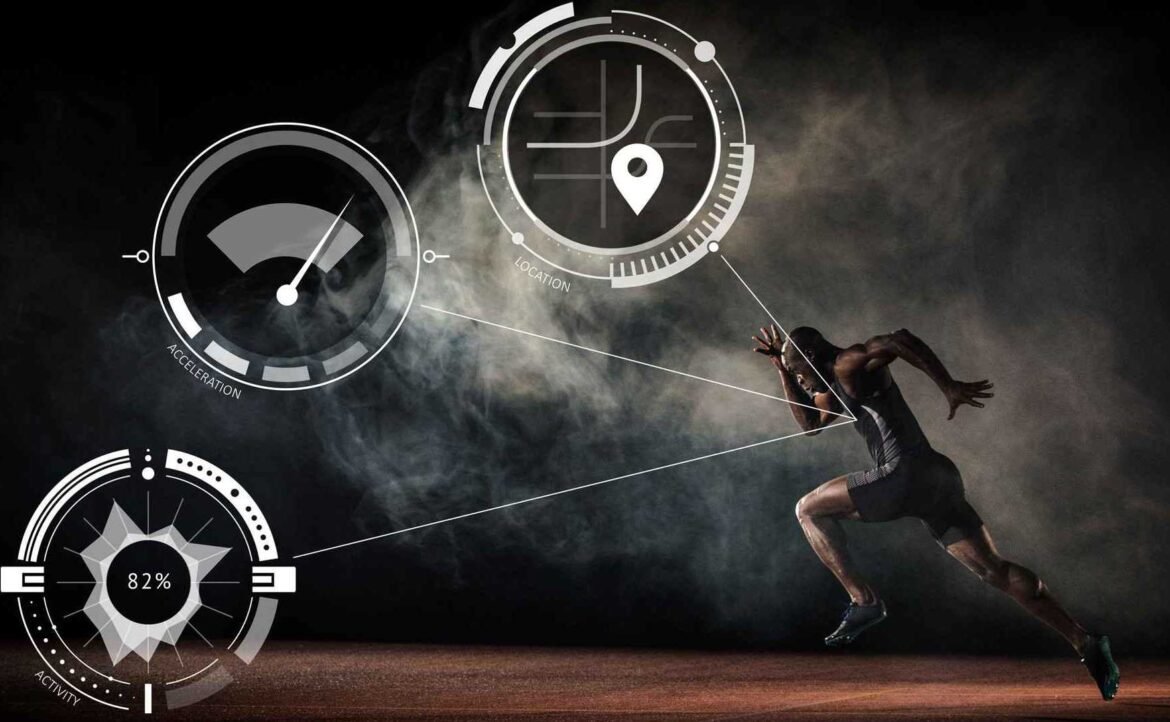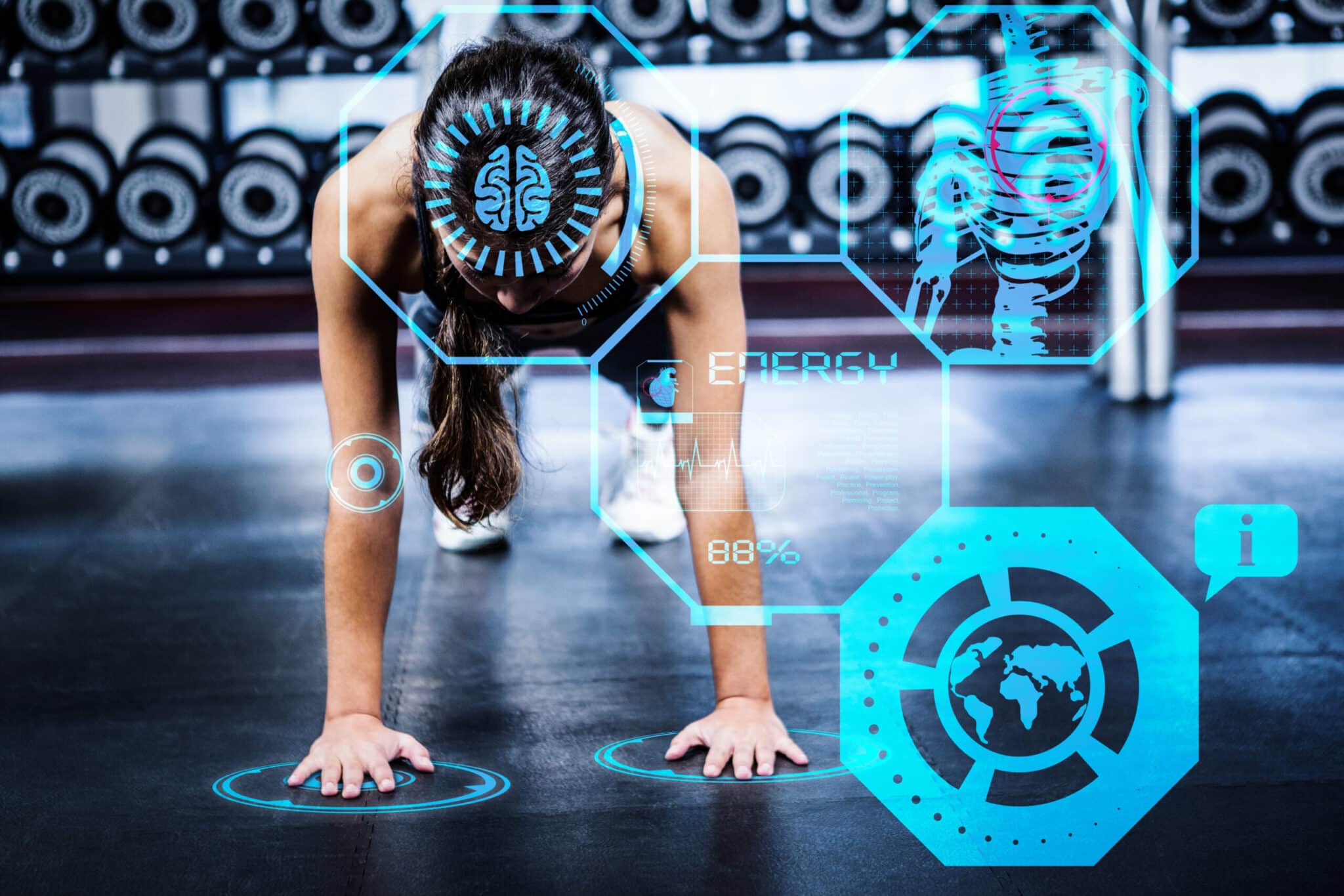
Introduction
Definition of Future Tech in Sports
Future tech in sports encompasses innovative tools and technologies that enhance athletic performance, fan experience, and overall efficiency within the sporting industry. This includes everything from wearable devices like fitness trackers to advanced data analytics software and virtual reality systems. As technology evolves, so does its application in sports, pushing the boundaries of what athletes and teams can achieve.
Impact on Performance and Experience in Sports
The integration of future tech has transformed the way sports are played, viewed, and understood. For instance, consider how athletes now utilize smart clothing that tracks real-time biometrics, enabling tailored training routines. This personalized approach helps athletes optimize their performance while minimizing the risk of injury.
Key impacts include:
- Enhanced Training: Technologies offering instant feedback help improve skills rapidly.
- Increased Engagement: Fans can experience games like never before, thanks to augmented reality applications.
- Data-Driven Decisions: Coaches can analyze stats more accurately, leading to better strategies.
As these advancements continue, the landscape of sports will forever be altered, creating exciting possibilities for athletes and fans alike.
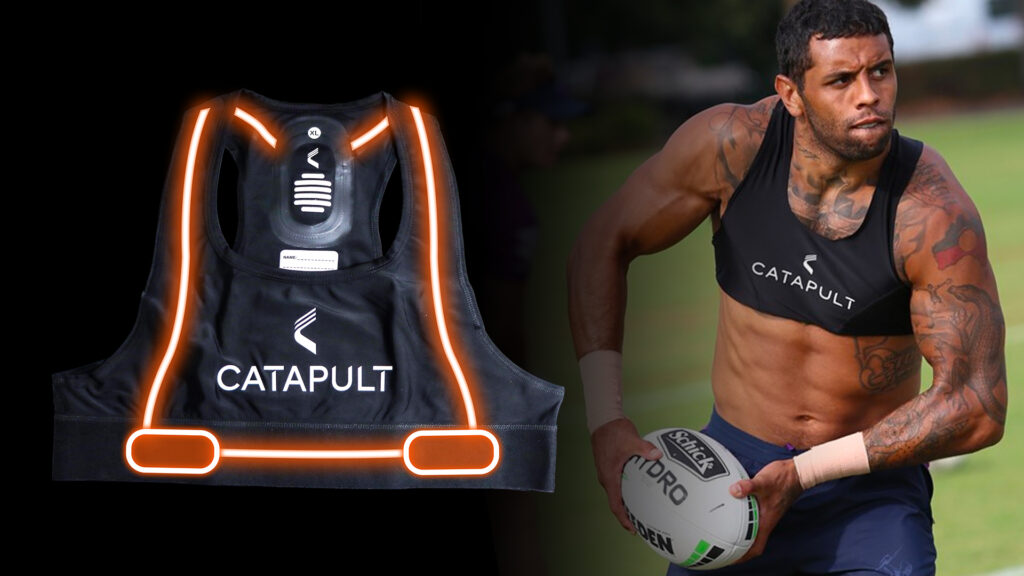
Wearable Technology in Sports
Smart Clothing
As technology continues to evolve, smart clothing has emerged as a game-changer in sports, revolutionizing how athletes train and perform. These garments come equipped with sensors that monitor key metrics, such as heart rate, muscle activity, and body temperature, seamlessly integrating fitness tracking into daily wear.
For example, think about a professional runner who wears a smart shirt during training. This shirt can provide real-time feedback on their breathing and muscle tension, allowing them to make immediate adjustments for optimal performance.
Benefits of smart clothing include:
- Real-time Data Collection: Athletes can analyze performance metrics instantaneously.
- Enhanced Comfort: Designed for movement, smart clothing ensures athletes can perform without restriction.
- Injury Prevention: Monitoring body mechanics can help detect potential injuries before they occur.
Fitness Trackers
Fitness trackers are another key component of wearable technology in sports. These handy devices not only count steps but also track heart rates, sleep patterns, and calories burned. Many athletes and fitness enthusiasts rely on these devices to maintain their training regimens.
Features of popular fitness trackers include:
- GPS Mapping: Perfect for runners to analyze their routes and performance.
- Goal Setting: Users can set daily targets to stay motivated.
- Community Engagement: Many trackers allow sharing progress with friends, fostering healthy competition.
As these technologies become increasingly sophisticated and user-friendly, the commitment of athletes to track their performance benefits significantly. Wearable technology is setting new standards in how athletes train and compete!
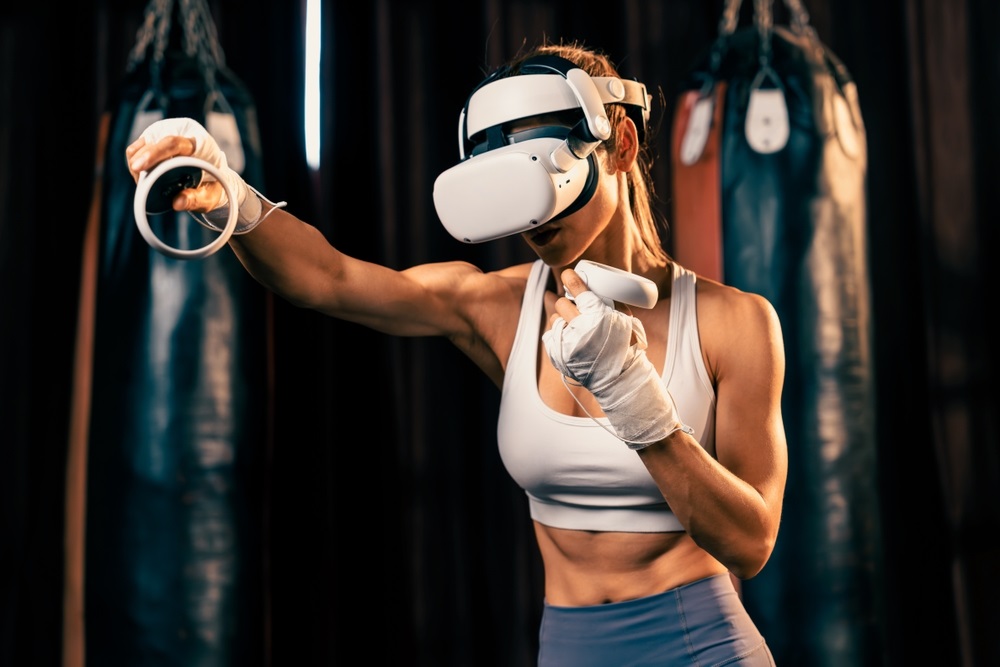
Virtual Reality and Augmented Reality in Sports
Training and Simulation
Virtual Reality (VR) and Augmented Reality (AR) are reshaping the training landscape for athletes. These technologies provide immersive experiences that allow athletes to practice in simulated environments without the physical toll of traditional training.
Imagine a football quarterback stepping into a VR headset and finding themselves on a bustling field, facing a digital opponent. They can practice their throws and decision-making skills in real-time, adjusting their strategies based on immediate feedback.
Benefits of VR and AR in training include:
- Realistic Scenarios: Athletes can experience game-like situations to enhance their mental readiness.
- Risk Reduction: Simulated drills minimize the chance of injury during practice.
- Skill Development: Allows for repetitive practice of specific skills in a controlled environment.
Fan Engagement
While training benefits are significant, VR and AR technologies also elevate fan engagement to new heights. Fans can now experience games like never before, creating a more immersive atmosphere that blurs the lines between the real and virtual worlds.
For instance, through AR apps, fans can point their smartphones at a sports venue and view player stats or replay highlights right in front of them, enhancing their overall game-day experience.
Key aspects of fan engagement through VR and AR include:
- Virtual Arenas: Fans can attend games virtually from anywhere in the world.
- Interactive Experiences: Augmented reality features allow users to participate in virtual contests or games.
- Enhanced Storytelling: Teams can offer unique insights and behind-the-scenes experiences that deepen the connection with fans.
These innovations are redefining not just how athletes prepare, but also how fans interact with their favorite sports, promising an exciting future for everyone involved!
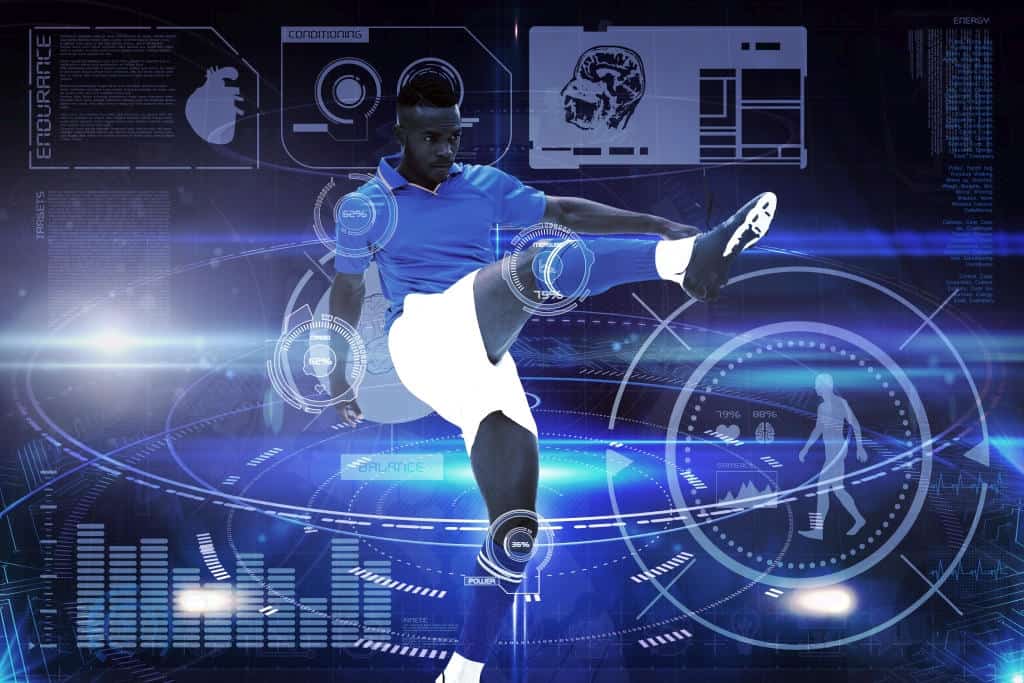
Data Analytics and Sports Performance
Player Tracking
Data analytics has become an essential aspect of enhancing sports performance, and player tracking is at the forefront of this revolution. Advanced tracking technologies, such as GPS and RFID systems, are now used to gather precise data on player movements during games and practices.
Picture a basketball player who wears a tracking device during a game. Coaches can access detailed analytics on movement patterns, speed, and even fatigue levels. This information helps them make data-driven decisions about player rotations and training strategies.
Key benefits of player tracking include:
- Performance Insights: Coaches receive real-time data to evaluate strategies and make timely adjustments.
- Skill Development: Players can identify areas needing improvement through comprehensive performance analysis.
- Comparative Metrics: Teams can compare player statistics against league averages or historical performances.
Injury Prevention
Equally important is the role of data analytics in injury prevention. By analyzing trends and biomechanical data, teams can pinpoint potential injury risks before they manifest.
For example, a soccer player’s movement data may reveal a higher-than-average strain on a particular joint, prompting coaches to adjust their training load or provide alternate exercises.
The core advantages of using data for injury prevention are:
- Predictive Analytics: Identifying risk factors helps in tailoring training programs to individual needs.
- Load Management: Monitoring and adjusting training intensities can prevent burnout and injuries.
- Recovery Optimization: Data can guide rehab protocols, helping athletes return safely to competition.
Embracing data analytics not only elevates athletic performance but also safeguards athletes’ health, ensuring they remain at the top of their game for longer!

Drones in Sports
Filming and Analysis
Drones have swiftly become an integral part of the sports landscape, particularly in the realms of filming and analysis. Their ability to capture aerial footage offers fans and teams unique perspectives that were previously unattainable. Imagine watching a game where a drone provides an overhead view, showcasing player movements and formations in real-time, enhancing both viewing experiences and tactical analysis.
Key benefits of using drones for filming include:
- High-Definition Aerial Footage: Provides dynamic cinematography that captivates viewers and elevates broadcasts.
- Tactical Analysis: Coaches can review game footage from multiple angles for in-depth strategic evaluations.
- Enhanced Engagement: Fans enjoy unique replays that highlight key moments from innovative viewpoints.
Surveillance and Security
Beyond filming, drones play a pivotal role in surveillance and security at sporting events. Their ability to quickly cover large areas makes them invaluable for monitoring crowds and maintaining safety.
For instance, a drone equipped with live-feed capabilities can identify potential security breaches or emergency situations, allowing security personnel to respond swiftly.
Advantages of using drones for surveillance include:
- Real-Time Monitoring: Instantaneous feedback can lead to faster response times.
- Cost-Effective Security: Reduces the need for extensive ground crews and enhances area coverage.
- Crowd Management: Drones help track crowd behavior, improving the overall experience for attendees.
As technology continues to advance, the applications of drones in sports will surely expand, creating safer and more engaging environments for athletes and fans alike!
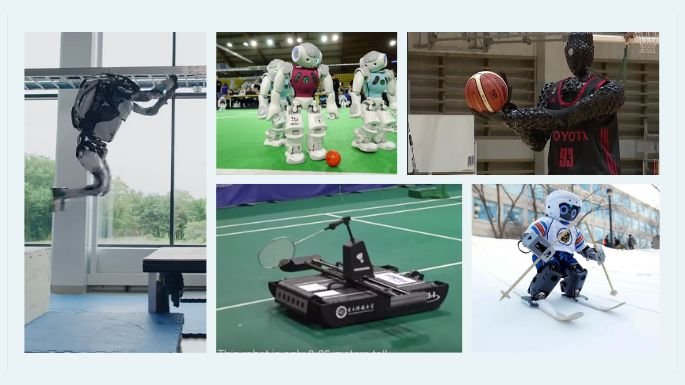
Robotics in Sports
Training Assistance
The integration of robotics into sports training has transformed how athletes refine their skills. Training robots, designed to simulate real opponents or train specific athletic skills, provide valuable practice opportunities that were once hard to replicate.
Imagine a soccer player practicing penalty kicks against a robotic goalkeeper that can move and react just like a human; this not only improves technique but also builds confidence.
Some highlights of training assistance through robotics include:
- Skill Perfection: Robots can deliver consistent feedback, helping athletes to master their techniques.
- Adaptive Learning: These systems can adjust drills based on the athlete’s performance, ensuring progressive challenges.
- Safe Practice Environment: Athletes can train at high intensity without the fear of injury from contact.
Sports Equipment Improvement
Moreover, robotics plays a critical role in enhancing sports equipment. From smart wearables that adjust to an athlete’s movements to automated training devices that simulate game situations, the possibilities are endless.
For instance, consider a smart tennis racket embedded with sensors that analyze swing speed and angle; it can offer real-time feedback to make adjustments.
Benefits of robotics in sports equipment include:
- Performance Optimization: Advanced technology can enhance the functionality of traditional equipment.
- Customization: Equipment can be tailored to fit an athlete’s specific physical needs or performance goals.
- Durability and Maintenance: Robotic advancements can lead to the development of longer-lasting materials and designs.
The marriage of robotics and sports is opening doors to unparalleled training experiences and innovative equipment that push the limits of athletic performance.
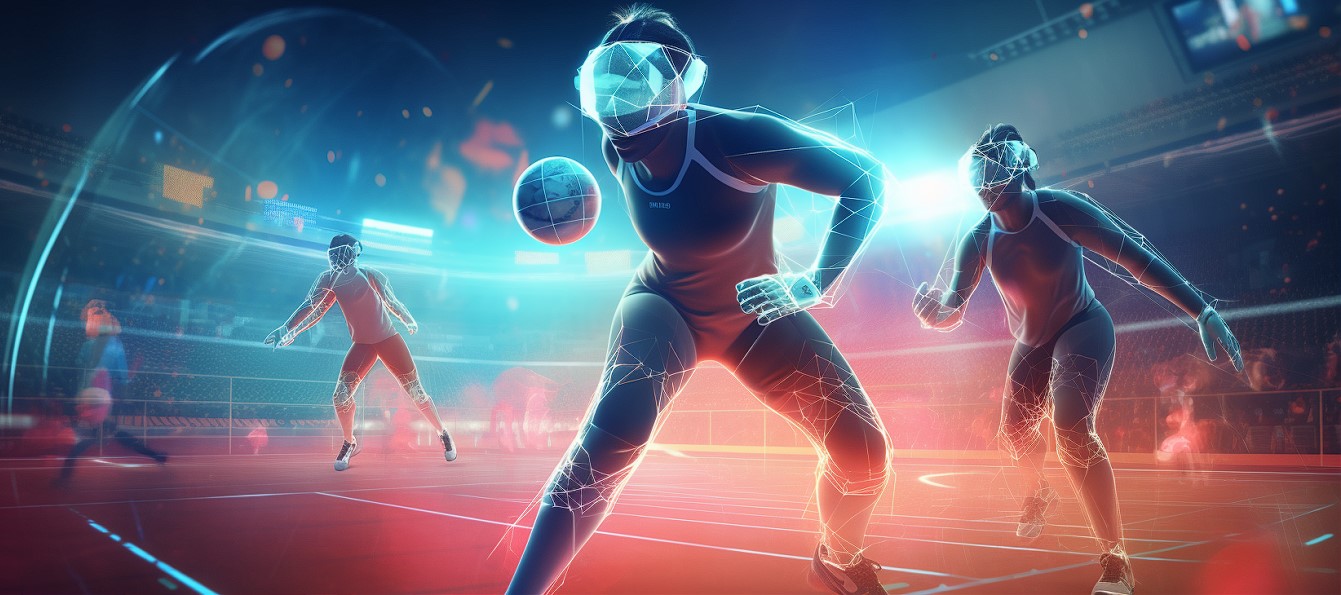
Artificial Intelligence in Sports
Coaching and Decision Making
Artificial Intelligence (AI) is revolutionizing coaching and decision-making processes in sports. By analyzing vast amounts of data, AI provides coaches with insights that enhance strategy formulation and in-game decisions. Imagine a basketball coach being able to review gameplay statistics and receive AI-generated recommendations for player substitutions based on performance metrics—this is no longer just a fantasy but a reality.
Key advantages of AI in coaching include:
- Data-Driven Strategies: Coaches can make informed decisions, improving team performance during critical moments.
- Game Analysis: AI tools can dissect opponents’ plays, revealing patterns that can be exploited.
- Injury Risk Assessment: AI can predict an athlete’s likelihood of injury, allowing for timely interventions.
Personalized Training Programs
Additionally, AI is instrumental in designing personalized training programs for athletes. Using data collected from wearables and performance monitors, AI algorithms can tailor training regimens to fit the individual needs of each athlete.
For instance, consider a swimmer using an AI platform that analyzes their stroke technique and provides customized drills to enhance efficiency.
Benefits of personalized training through AI include:
- Optimized Performance: Programs adjusted to individual strengths and weaknesses help athletes perform at their best.
- Goal Setting: AI can help set realistic yet challenging goals based on past performance data.
- Continuous Feedback: Athletes receive ongoing insights, enabling them to adapt quickly and improve.
As AI continues to advance, its integration into sports coaching and athlete training will undoubtedly lead to enhanced performance outcomes and a deeper understanding of athletic development.
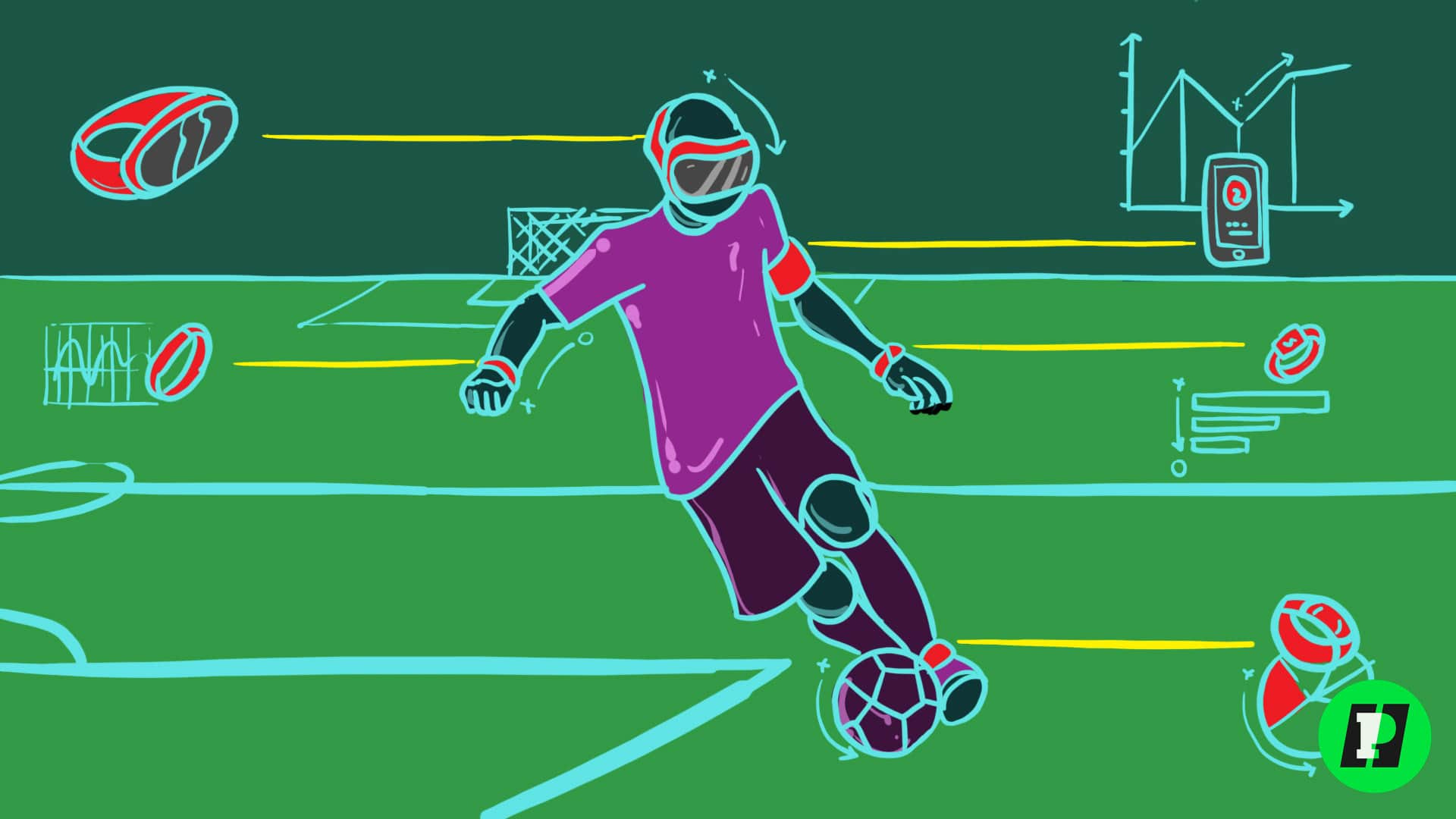
Biometric Sensors in Sports
Health Monitoring
Biometric sensors have emerged as crucial tools in the realm of sports, particularly for health monitoring. These advanced devices can track a myriad of physiological metrics, ensuring that athletes remain in peak condition. Imagine a marathon runner wearing a biometric sensor that continuously measures their heart rate, hydration levels, and even blood oxygen levels throughout the race. This real-time data can be lifesaving, allowing athletes to adjust their strategies on-the-fly.
Benefits of biometric sensors for health monitoring include:
- Early Detection: Identifying unusual patterns can lead to proactive health interventions, preventing serious injuries.
- Recovery Optimization: Athletes can better understand their body’s recovery needs, ensuring they’re ready to perform.
- Mental Well-being: Monitoring stress levels helps athletes manage mental health, a vital aspect of elite performance.
Performance Analysis
Beyond health, biometric sensors play a pivotal role in performance analysis. By collecting detailed data during training sessions and competitions, these devices provide insights that can enhance specific skills.
For instance, a football player might use a sensor that gauges their sprint speed and exertion levels during practice. Coaches can analyze this data to create targeted improvement plans.
Key aspects of performance analysis include:
- Skill Enhancement: Athletes receive feedback on specific areas, allowing for focused training efforts.
- Comparative Metrics: Analyzing performance against peers or historical data can identify areas for improvement.
- Injury Prevention: By understanding performance trends, coaches can adjust training loads to reduce fatigue-related injuries.
Biometric sensors are not just numbers on a screen; they represent a transformative approach to athlete care and performance improvement, paving the way for a future where every athlete maximizes their potential!

Conclusion
Advancements in Future Tech for Sports
Throughout this exploration of future tech in sports, it’s clear that advancements are reshaping the athletic landscape in remarkable ways. From biometric sensors that monitor health and performance to AI systems that assist in coaching decisions, technology is integrating seamlessly into every aspect of sports. Athletes are not just competing; they are using advanced tools to optimize their performance and enhance their overall experience.
Some notable advancements include:
- Drones for immersive experiences: Offering unique filming angles and improved security.
- Robots for training: Helping athletes refine their skills through precision and consistency.
- Wearables for data collection: Enabling real-time health monitoring and performance tracking.
Future Trends and Possibilities
Looking ahead, the future of sports technology seems boundless. Innovations like virtual reality coaching and advanced analytics will likely become commonplace, further elevating performance levels.
Additionally, as we embrace ethical considerations surrounding data privacy, the industry can ensure that technological growth aligns with the needs of athletes. The possibilities are endless, and as technology continues to advance, both athletes and fans can expect an exhilarating evolution of the sports we love. Embracing these tools will not only enhance competition but also enrich the sporting experience for everyone involved!
